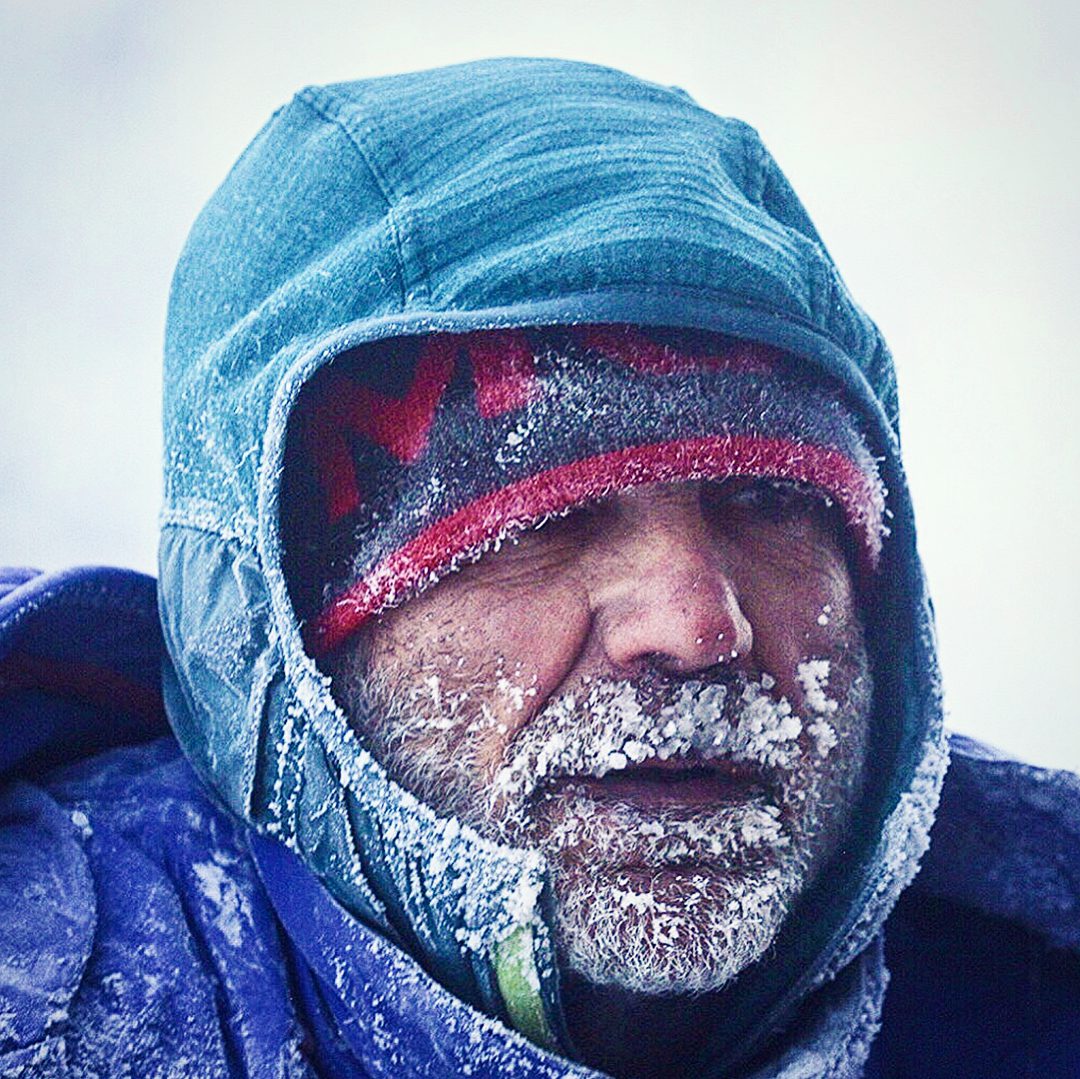Yukon Arctic Ultra runner at risk of losing hands and feet
Bone-chilling temperatures leaves Italian participant's limb health in jeopardy

Temperatures at the recently-concluded Montane Yukon Arctic Ultra were so cold that just one runner made it to the finish of the 482K (300 miles) race. Of the 21 starters, many dropped out due to extreme cold with some suffering hypothermia and frostbite.
RELATED: One runner finishes Yukon Arctic Ultra 300-Miler.
One participant, Italy’s Roberto Zanda, was one of three remaining athletes on course in the late stages of the 300-miler. Days later, he’s fighting to save his extremities.
Before he was able to reach the next checkpoint, named McCabe, he “got into trouble about half way,” according to the race. According to the CBC, race officials found Zanda’s sled (and tracking device), with the runner nowhere to be found, during a routine morning check on Feb. 7. Rescuers found him later that day and he was airlifted to Whitehorse General Hospital. Zanda told the CBC through a translator that he ditched the sled in hopes of finding help as hypothermia – defined as “a medical emergency that occurs when your body loses heat faster than it can produce heat,” according to the Mayo Clinic – set in.
The Mayo Clinic adds that “someone with hypothermia usually isn’t aware of his or her condition because the symptoms often begin gradually. Also, the confused thinking associated with hypothermia prevents self-awareness. The confused thinking can also lead to risk-taking behavior,” in regards to hypothermia.
The CBC reports that Zanda was not wearing shoes, for 18 hours in fact, and trekked in deep snow for approximately a kilometre during his rescue-searching attempt. Zanda’s hands were yellow when he took off his gloves, he said.
Yukon Arctic Ultra racer may lose hands and feet to frostbite https://t.co/8N38yvDmsB pic.twitter.com/BA6rCosek5
— CBC North (@CBCNorth) February 14, 2018
Days after the race concluded, Zanda told the CBC that doctors informed him that an MRI revealed he has almost no circulation in his feet and that it would take “several months” to determine whether circulation will return. A decision on whether his feet and hands require amputation will be made at a later date.
Race director Robert Pollhammer wrote on the event website on Feb. 11 that he visited Zanda that day and that “he is on his way to recovery. He actually said that he wants to be back!” Speaking with the CBC, Pollhammer said that Zanda “had everything he needed, he had the right gear…he simply ignored all the warning signs of hypothermia.” Athletes are self-sufficient in that they bring their own gear, much of which is mandatory, according to race rules. There are checkpoints along route for athletes to warm up.
Another runner, Nick Griffiths, posted on the Yukon Arctic Ultra Facebook group on Thursday that “it looks like I will loose my two middle toes and big toe. There is still more time needed to be 100 per cent sure but you will see from the picture (NSFW link) those toes do not look good.” Others, including Bulgaria’s Juan Pablo Niama Savonitti, wrote on the Facebook group that they too experienced frostbite and are still recovering more than a week later.
The Yukon Arctic Ultra, which begins in Whitehorse, can be contested on foot, by bike or by skis. The race is considered the coldest and toughest ultramarathon on the planet. The race was halted in the early stages of February because of the extreme cold temperatures as equipment began to fail. “In all 14 previous races we have not had anything like that,” Pollhammer said in reference to the conditions.
South Africa’s Jethro de Decker was the lone finisher of the 300-miler, which, like other distances including a marathon and 100-miler, began on Feb. 1.


